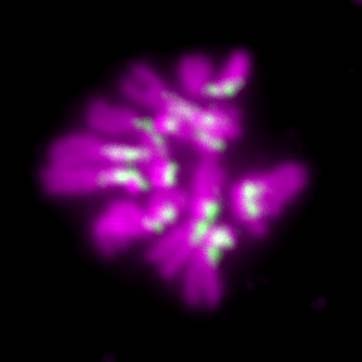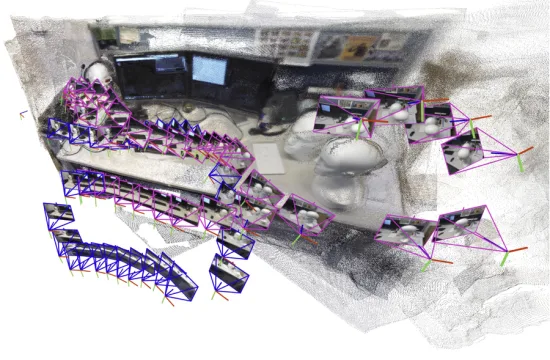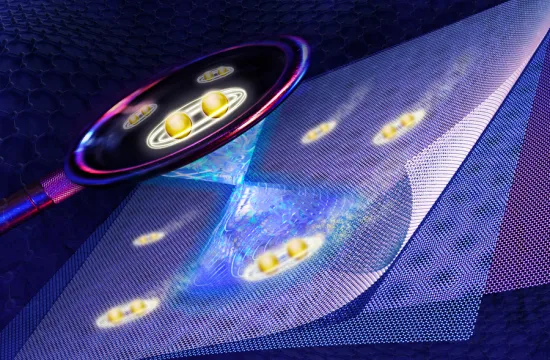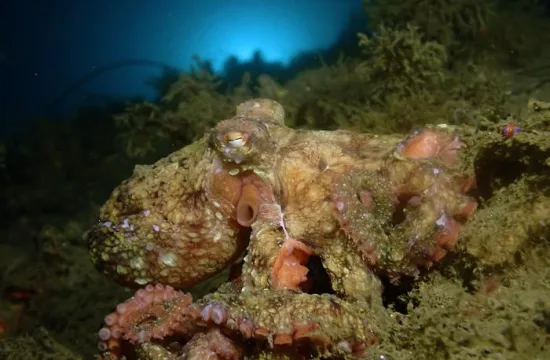Researchers at Nagoya University have identified combined function for Drosophila protein in launching and maintaining a process enabling chromatids to pair during DNA replication.

Credit : Tomoko Nishiyama
Nagoya, Japan – A sister chromatid is one half of an identical pair of chromatids formed by the replication of a single chromosome. At certain stages of the cell cycle, these chromatids pair and are held together in a process known as cohesion, which involves the cohesin protein. This typically occurs during DNA replication, and in vertebrates requires the cohesin-associating protein sororin. Cohesion is then maintained until the point when chromosomes line up in the middle of the cell. Although cohesin is then removed, cohesion around the region of the chromosome where the two sister chromatids link is protected until slightly later in the cell cycle.
In vertebrates, this protection is provided by the shugoshin protein, but mechanisms of Drosophila cohesion protection were unclear. Now, Japanese researchers at Nagoya University have identified Dalmatian (Dmt) as a fruit fly protein related to sororin that is both required for cohesion and has shugoshin-like cohesion protection roles. The study was reported in The EMBO Journal.
Sister chromatid cohesion is necessary for the equal segregation of chromosomes and subsequent genomic inheritance. Nagoya University researchers labeled the Dmt protein with a green fluorescent tag, then used live cell imaging to show that it localizes to the joining point of tightly packed chromatin in Drosophila cells. This stable binding was shown to require interactions with cohesin.
Additionally, the research team found that blocking Dmt gene expression prevented cohesion from occurring, showing that Dmt is crucial for the launch of cohesion. Moreover, the behavior of Dmt and its means of establishing cohesion were very similar to that of vertebrate sororin.
A dual role for Dmt was identified in that it also protects cohesion, thus allowing it to persist during cell division.
“Simple organisms such as the budding yeast carry only one shugoshin gene, while more complex vertebrates have two that function separately in different types of cell division,” corresponding author Tomoko Nishiyama says. “Our identification of a protein that acts both to establish and protect cohesion in Drosophila chromosomes may represent an intermediate stage of the evolutionary inheritance of factors involved in maintaining genomic integrity.”







